
China will continue to press ahead with supply-side structural reform in 2017, aiming for tangible results in key reform tasks, said a statement issued Friday after the Central Economic Work Conference.
China expects substantial progress in five key areas next year: cutting overcapacity, destocking, de-leveraging, lowering costs and improving weak links, according to the statement.
Efforts should continue in reduction of steel, iron and coal capacity next year, with focus on "zombie enterprises."
Mergers and reorganizations will be encouraged. Businesses with overcapacity that have halted production should be prevented from starting again, and industrial overcapacity reduction should be achieved through market and law-based means, said the statement.
Destocking of property inventories should be in line with specific local conditions, with priorities to be given to housing inventories in third and fourth-tier cities. Debt-for-equity swaps are encouraged through market and law-based means to lower corporate leverage, it said.
The focus of supply-side structural reform should be increasing efficient supply, reducing inefficient supply, improving supply quality, and enhancing compatibility of supply with demand.
Efforts need to be made on reducing tax, fees and other costs for companies and streamlining approval procedures, it said.
Supply-side reform in agriculture should be pushed forward, with focus on green and high-quality products, according to the statement.
Efforts should also be made on standard production, brand building and quality supervision of agricultural products as well as environmental protection, and more channels are needed to increase farmers' incomes.
The three-day meeting saw Chinese leaders and officials sketch out economic policies and priorities for the next year.
China to take substantial steps in mixed-ownership reform
China will take substantial steps in mixed-ownership reform in electricity, oil, natural gas, railways, civil aviation, telecommunications and military industries, said a statement issued Friday after the Central Economic Work Conference.
The three-day conference, which was concluded Friday, saw leaders and officials sketch out economic policies and priorities for the next year.
Mixed-ownership reform, conducted through diversifying the shareholding structure of state-owned enterprises (SOEs), is an ice breaker for overall SOE reform, said the statement.
The conference called for strengthening reform of SOEs and state-owned assets and speeding up the creation of a flexible and efficient market-oriented operation mechanism.
Pilot reforms for state-owned asset investment companies, designed to make the "state" a stake-holder instead of an SOE manager, will raise management and operational efficiency, said the document.
Guidelines on SOE reform were issued in September last year, promising mixed-ownership pilots, opening up more industries to private capital, and a modern enterprise system.
Results of the reform are emerging. Combined SOE profits returned to growth in October after dropping since the beginning of the year, the Ministry of Finance said.
In the first ten months, SOEs made a combined profit of 1.92 trillion yuan (276 billion U.S. dollars). China has about 150,000 SOEs, holding more than 100 trillion yuan in assets and employing over 30 million people.
China to take substantial steps in mixed-ownership reform
China will take substantial steps in mixed-ownership reform in electricity, oil, natural gas, railways, civil aviation, telecommunications and military industries, said a statement issued Friday after the Central Economic Work Conference.
The three-day conference, which was concluded Friday, saw leaders and officials sketch out economic policies and priorities for the next year.
Mixed-ownership reform, conducted through diversifying the shareholding structure of state-owned enterprises (SOEs), is an ice breaker for overall SOE reform, said the statement.
The conference called for strengthening reform of SOEs and state-owned assets and speeding up the creation of a flexible and efficient market-oriented operation mechanism.
Pilot reforms for state-owned asset investment companies, designed to make the "state" a stake-holder instead of an SOE manager, will raise management and operational efficiency, said the document.
Guidelines on SOE reform were issued in September last year, promising mixed-ownership pilots, opening up more industries to private capital, and a modern enterprise system.
Results of the reform are emerging. Combined SOE profits returned to growth in October after dropping since the beginning of the year, the Ministry of Finance said.
In the first ten months, SOEs made a combined profit of 1.92 trillion yuan (276 billion U.S. dollars). China has about 150,000 SOEs, holding more than 100 trillion yuan in assets and employing over 30 million people.
China to improve product quality, core competitiveness in 2017
China monetary policy to be prudent, neutral in 2017
China's monetary policy will be kept "prudent and neutral" in 2017, said a statement issued Friday after the Central Economic Work Conference, which promised better adjustments of the monetary floodgate to ensure stable liquidity.
The policy should adapt to new changes in the use of money supply tools, and further efforts are needed for a smoother transmission mechanism of the policy, the meeting pledged.
Fiscal policies should be more proactive and effective, and budgets be planned to accommodate the need for advancing supply-side structural reforms, cutting business tax burdens and ensuring people's welfare.
China to strengthen introduction of foreign investment in 2017
China will strengthen its efforts to introduce foreign investment in 2017, said a statement issued Friday after the Central Economic Work Conference.
Efforts will be made to build a law-based business environment, to promote the introduction of foreign investment, and to give better play to foreign-funded businesses their important role in promoting the development of the real economy, according to the statement.
The three-day conference, which concluded Friday, saw Chinese leaders and senior officials sketch out the country's guiding economic policies and priorities for the next year.
Foreign direct investment (FDI) in the Chinese mainland rose 3.9 percent year on year to reach 731.8 billion yuan (about 113.79 billion U.S. dollars) in the first 11 months this year, data from the Ministry of Commerce showed Thursday.
China to keep RMB stable while improving flexibilty
China will keep its currency renminbi, or the yuan, basically stable at an equilibrium level in 2017, while improving the flexibility of exchange rate, said a statement issued Friday after the Central Economic Work Conference.
















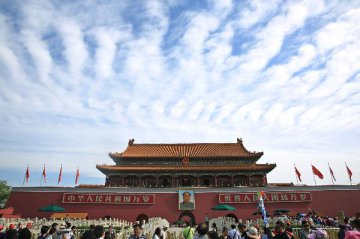
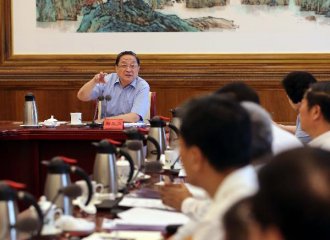
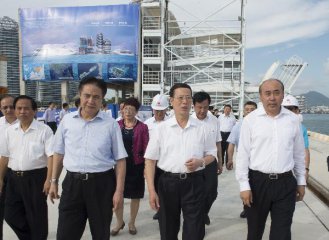
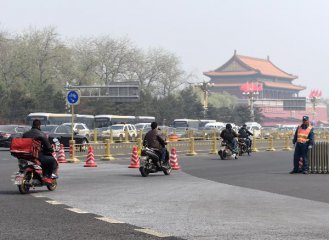
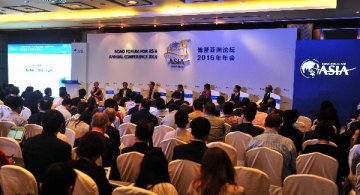
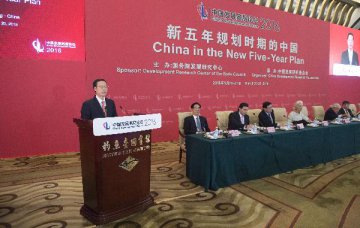


Latest comments